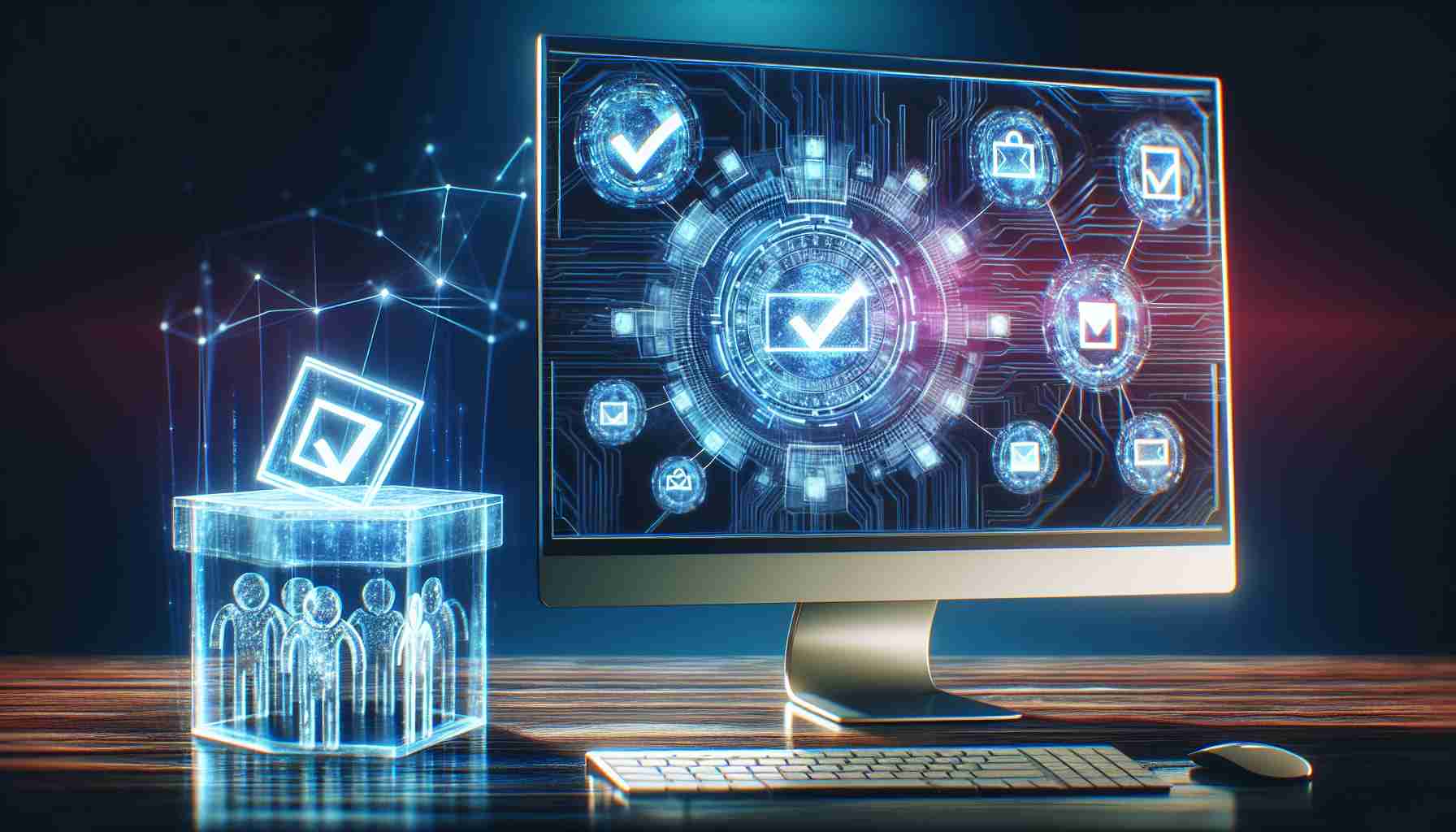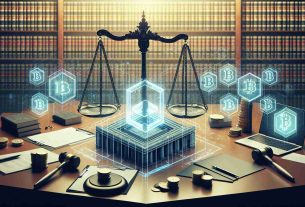Valuetainment’s Patrick Bet-David Advocates for Blockchain in Voting
Imagine a world where the act of voting, the cornerstone of democracy, is empowered by cutting-edge blockchain technology. Valuetainment CEO Patrick Bet-David strongly believes that it’s time to harness blockchain to elevate electoral processes worldwide. As an entrepreneur with his finger on the pulse of technological advancements, Bet-David emphasizes blockchain’s capability of transforming voting systems with enhanced security and wider accessibility.
In a thought-provoking YouTube discourse, Bet-David explores how the immutable nature of blockchain, or an unalterable digital ledger, stands to benefit voting by ensuring transparency and bolstering voter confidence in election outcomes. This fresh perspective on electoral reform showcases the intersection of technology and civil engagement.
Blockchain Pilots in U.S. Voting Initiatives
Leveraging blockchain for voting is not just a visionary’s dream; certain U.S. states are already trialing it with promising outcomes. West Virginia set a precedent as the inaugural state to trial blockchain in federal elections, prioritizing voter anonymity while providing a verifiable transaction record. States like Utah, Colorado, and Oregon are following suit, piloting blockchain voting applications for their own elections and, in some instances, permitting overseas citizens and service members to vote via blockchain-enabled apps.
Overcoming the Hurdles of Blockchain Voting
Nonetheless, the path towards the adoption of blockchain in voting is not without obstacles. Some experts caution about potential risks related to security breaches, regulatory snags, and technical barriers that might impede the voting process. States such as New York, California, and Texas have voiced their reservations.
Yet, in an era where public trust in government institutions has dwindled, Bet-David argues that leveraging blockchain could renew civic engagement among the youth. As society ventures deeper into the age of AI and cryptocurrencies, could blockchain voting be the key to reviving democratic trust and inclusivity? Bet-David’s insights suggest it might just be the next step forward.
Key Questions and Answers Related to Blockchain Voting:
– How does blockchain voting work?
Blockchain voting employs a distributed ledger system to securely record votes as transactions. Once a transaction, or vote, is added to the blockchain, it cannot be altered, creating a tamper-proof record of votes.
– What are the primary security concerns with blockchain voting?
The main security concerns include vulnerabilities in the voting application itself, the potential for hacking or DDoS attacks to disrupt the voting process, and the challenge of ensuring voter privacy while maintaining a public ledger.
– Can blockchain voting improve voter turnout?
Proponents argue that blockchain voting can improve turnout by making voting more accessible, particularly for people with disabilities, citizens living abroad, or service members deployed overseas, who can vote remotely via blockchain-enabled apps.
Challenges and Controversies:
Blockchain voting offers the promise of enhanced electoral process security and accessibility, but it also presents challenges and controversies that must be addressed:
– Technical Barriers: The implementation of blockchain technology requires technical know-how and infrastructure that may not be available or uniformly distributed across regions, potentially leading to disparities in access.
– Regulatory Hurdles: Regulations need to evolve to accommodate blockchain voting, requiring new legal frameworks and standards to ensure fair and secure elections.
– Security Risks: While blockchain is generally secure, the voting system as a whole must be secure against all types of cyber threats. The software and hardware used for blockchain voting must also be trustworthy and guarded against tampering.
Advantages:
– Enhanced Security: Blockchain’s immutable nature can lead to a reduction in election fraud and tampering through a secure and transparent record of votes.
– Increased Accessibility: With the option of remote voting, populations such as overseas citizens and people with mobility issues can more easily exercise their voting rights.
– Auditability: Blockchain allows for secure and transparent audits of election results due to its unchangeable ledger.
Disadvantages:
– Complexity of Technology: The complexity of blockchain technology can be a barrier to understanding and trust for both election officials and voters.
– Scalability: The current state of blockchain technology may struggle to handle the large volume of transactions generated by national elections.
– Privacy Concerns: Balancing anonymity of voters with the transparency and immutability of the blockchain is a complex issue with no easy solution.
For further information related to blockchain technology and its uses, the following link to a main domain may provide additional resources: IBM Blockchain. Before delving into blockchain voting, reviewing general knowledge on blockchain through authoritative sources like IBM might provide more insight into the technology’s capabilities and challenges.



